Q&A With PF’s Rooster Road-Trippers
Hopefully you followed Pheasants Forever’s (PF) recent and 2nd annual Rooster Road Trip. It’s a cool idea, where several of the walk-it-like-they-talk-it PF guys hit the road to hunt pheasants on public land in five different states – in five days. Since the states are pretty dang big west of Ol’ Miss, that’s no small drive.
The fact that they do it on public land and find birds is…well, it’s right up our alley. It’s Serious. And it proves that the birds are there, just gotta go find ’em.
Take some Serious hunters and let them hunt on unfamiliar land over multiple days and you’re going to learn something. That’s why, like last year, we’re checking in with the guys again (yep, just guys so far) post-trip. Here’s part uno, part two tomorrow. In case it’s not self-evident, we’re all having fun with this Q&A so most of it’s Serious but some isn’t.
SBH: How was this year’s Road Trip different than last year’s?
Bob St. Pierre, PF marketing honcho: I’ve never worn a camera on my head before. Making sure it was on and recording when the dog got birdy was a new addition to my multi-tasking skills.
Anthony Hauck, PF content honcho: The concept was the same – to hunt publicly accessible land in 5 states in just 5 days – but this year we hunted public acres that Pheasants Forever as an organization had helped a) create via land purchase or b) had helped manage through a wildlife habitat restoration project. We wanted to showcase the impact Pheasants Forever is making and let our audience know that we can’t do these types of project without their support as PF members.
Andrew Vavra, PF marketing sub-honcho: As the saying goes, ignorance is bliss. Last year we had no idea what we were getting ourselves into, so this year there was a bit more added anxiety and pressure to 1) survive, 2) find birds and 3) prove that public lands are our most valuable resource. Personally I think this trip was completely different for me because I have a ton of confidence and faith in my pup, whereas last year I was just trying to help her figure things out.
Given the doom and gloom implied in this year’s pheasant forecasts, what were your expectations? Did you still think you’d find plenty of birds?
Bob: I certainly expected it to be tough hunting this year, given the forecasts. And, I think bird numbers are in fact down. But there are things any pheasant hunter can do to tip the odds back into his or her favor.
As you know, I’m a big believer in the role dogs play in pheasant hunting. With my pup in her prime years and Andrew’s Lab in year 2, we had the advantage this year of improved dog power despite the lower number of birds in the forecast. We also were aided by other PF employees joining us along the way and adding dogs to the mix too. More dogs and better dogs, equal more birds.
Anthony: We always want more birds, but there were enough to keep things interesting. What we didn’t find (with the exception of Kansas, where the season had just opened) were many other hunters, so obviously expectations had factored into some hunters’ decision-making.
Andrew: I didn’t anticipate finding limits very easily, that’s for sure. Nonetheless, an upland forecast is just a barometer of what you can generally expect, not what you’ll definitely find. Birds are always out there, you just have to be willing to put in the time and effort to find them. I knew we were going to cover some miles on both asphalt and prairie during the trip, so I was confident we’d scratch out a few here and there.
Were you at all surprised to find so many birds in Iowa?
Bob: I think we were all a little pessimistic after the first Iowa field we hunted didn’t produce a single flush. Thankfully, a couple of Road Trip followers and fellow PF Farm Bill biologist actually met us out in the field and pointed us toward some more productive wildlife areas. Once we started walking those new spots – filled with big bluestem and Indian grasses – the difference in quality habitat was obvious.
Habitat equals birds. That equation was 100% illustrated during our Iowa visit.
Anthony: On the bigger public wildlife areas we hunted, plush with habitat, no, I was not surprised to see healthy bird numbers. What was surprising, I’d even say depressing, was to see the state of private lands around these public gems where you were hard pressed to find a blade of grass. The farming is intense to the point that it’s not leaving room for much else.
Andrew: If someone would have told me before the trip that we would see more pheasants in Iowa than any other state, I would have thought they were crazy. Iowa has roughly 1% of its land set aside as public areas, it’s had a string of brutal winters and unforgiving springs – the picture isn’t pretty.
That being said, the power of healthy wildlife habitat shined through more brightly here than anywhere else. We passed miles and miles of dirt and fence-to-fence farming throughout the state, but when we got to our second field of the day it was a little slice of wildlife habitat nirvana and the birds were there to prove it. Even in an ocean of dirt, an island of habitat does make a difference.
– End of part 1 of 2 –
Category: IA, Pheasants, Pheasants Forever

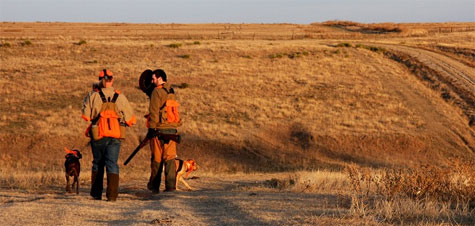
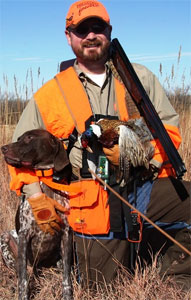
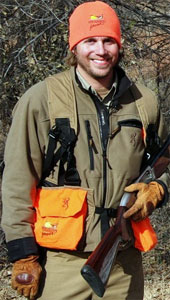
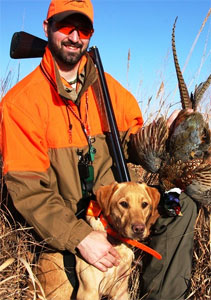




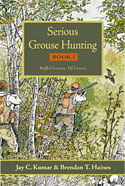
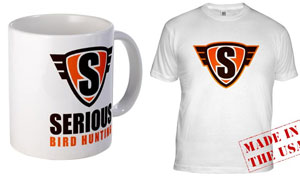
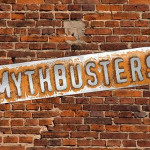
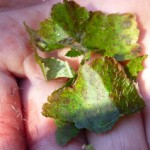
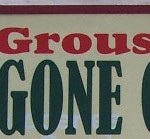
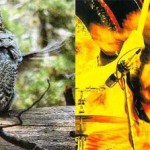
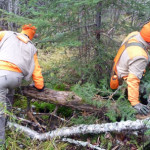
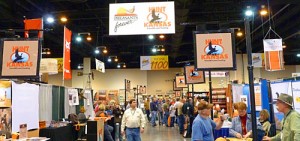
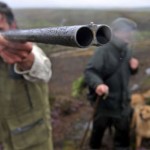
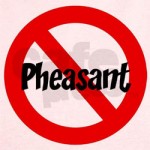
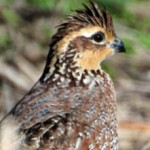
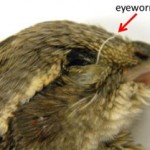
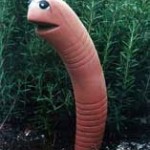
Hi guys, Did you see a lot of the “tiling” that is being used to drain the wetlands? I can’t blame the farmers for maximizing their cropland, but this can’t be good for pheasants. Could we ask the farmers to plant some trees and thickets elsewhere when they drain the sloughs?
@David – tiling is going gangbusters in SW MN (seen first hand) and, from what I hear, eastern SD. Please contact your elected officials with your concerns, and thanks for your support of wildlife habitat conservation and Pheasants Forever.